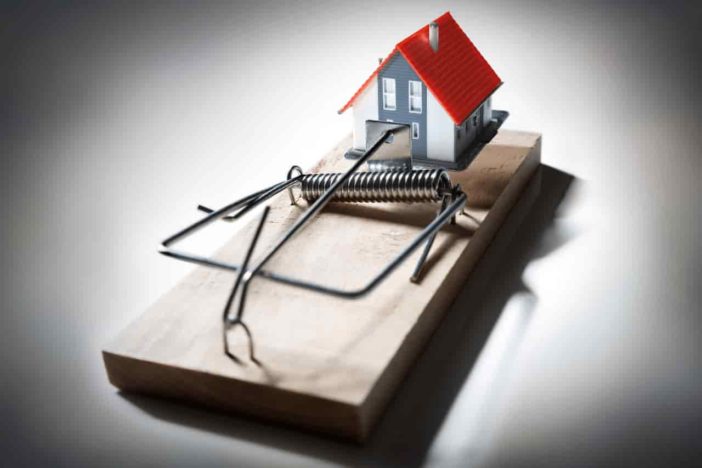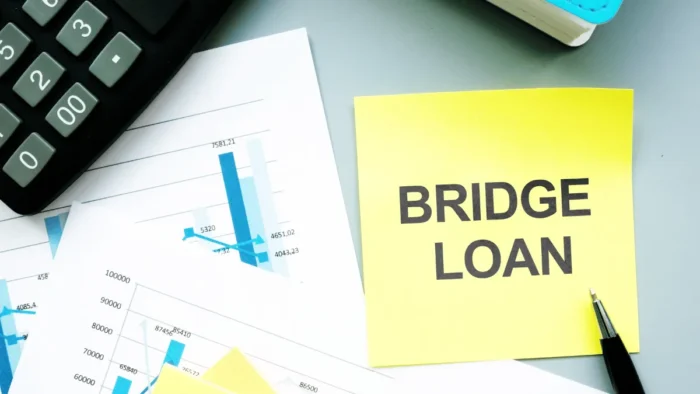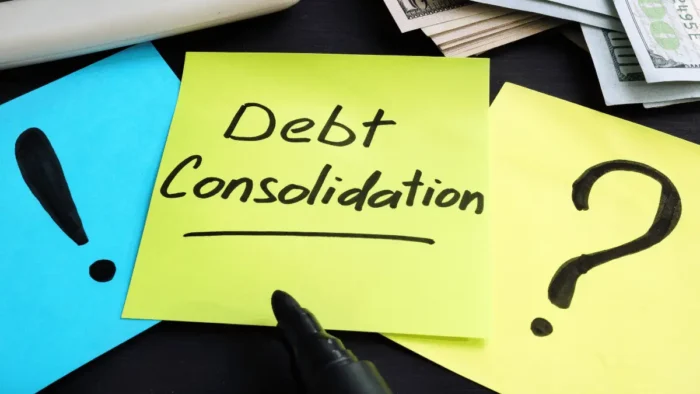Purchasing a home can be an exciting experience but it can also be overwhelming for many people. There is an abundance of details to consider, as you’re making a financial decision that will have you committed to a mortgage for over at least 20 years.
With this type of long-term commitment comes some mortgage risk exposure. Nobody wants to deal with the repercussions of foreclosure and other risks that are a part of having a mortgage—because after all, life is life, and unexpected things come up. These 5 tips will help you to go into the process of buying a home and committing to a long-term mortgage more cautiously, in order to avoid mortgage risk exposure:
1. First off, shop around.
Take your time when shopping around for a mortgage, so you can be sure to get the best rates possible. The lower the interest rate, the better. Do your research, so you can be sure to find the best option for what you believe would work best for your life goals. It may help to find a professional who can help explain everything about mortgage loans and more, such as MSR mortgage if you’d like in-depth knowledge of what you’re getting into. When you find the perfect rate, you’ll be glad you took your time to shop around.
2. Save money for a larger down payment.
The larger the initial down payment, the shorter tenure you’ll have for paying off your mortgage, and that’s definitely helpful if you want to avoid the mortgage risk exposure that can come with a longer tenure of up to 30 years. Additionally, paying a higher number in the down payment (over 20%) can help you avoid having to pay the insurance often required in mortgage lending.
3. Save up money for emergencies.
Many people who had held long-term jobs for years found themselves laid off unexpectedly during the pandemic, which caused a lot of people with mortgage payments scrambling to continue paying for their homes. In order to avoid this kind of risk, having a safety net of about half a year to a year of mortgage payments can be helpful should the need arise stored away in a high-yield savings account or another emergency fund.
4. When looking for a home, make sure to consider a home that is within the asking price.
You may be tempted to buy a new bike at a higher price than you had planned or even a dress or suit. However, when house hunting, instead of offering the price you initially thought you could afford or a higher amount, consider buying one with a lower purchase price. This can help you have a lower debt-to-income ratio which could help you get better terms and rates for your mortgage loan–a huge win in itself.
5. Do your research on mortgage lenders.
As you get started on the process of finding mortgage lenders, make sure to ask the people that you know for advice. If they’ve worked with lenders that they trust who have given them great rates, it’s wise to consider working with them as well. However, before making a decision on who you’ll do business with, you want to make sure to compare rates to make sure you’re getting the best option for your needs.
In Conclusion
Mortgage risk exposure is a part of the process of making a large financial commitment like buying a home but there are ways to reduce it. Do your research before making any decision having to do with your mortgage, as this commitment may even outlast some relationships you have in your life—it’s wise to know what you’re getting into.





